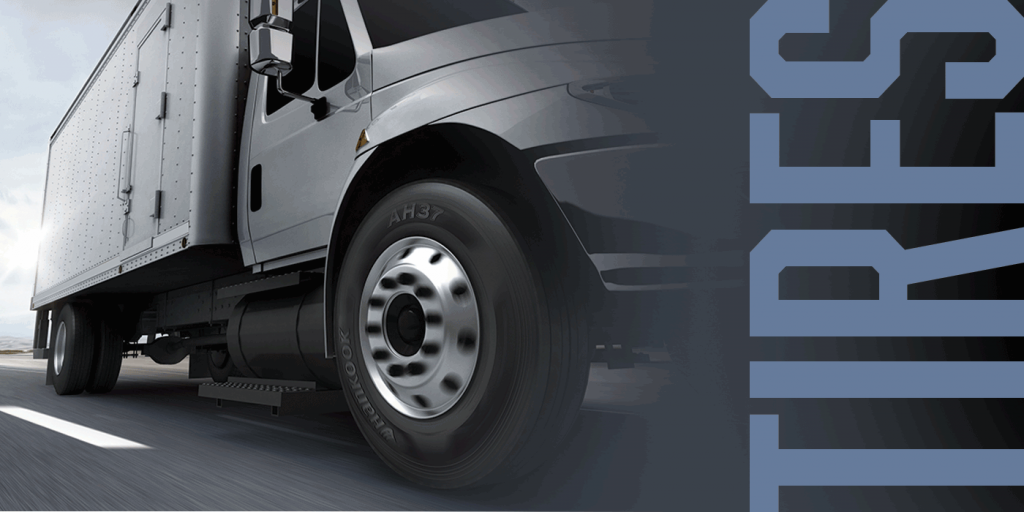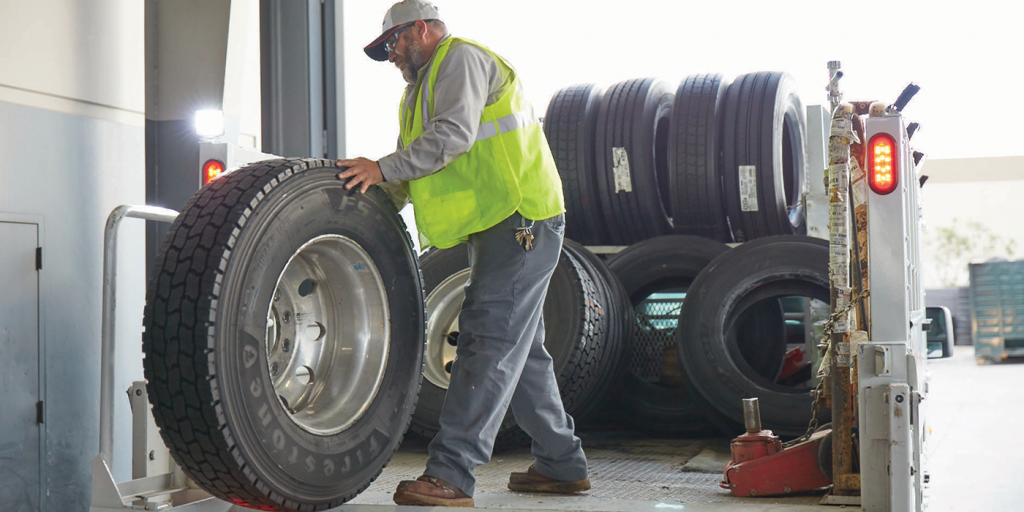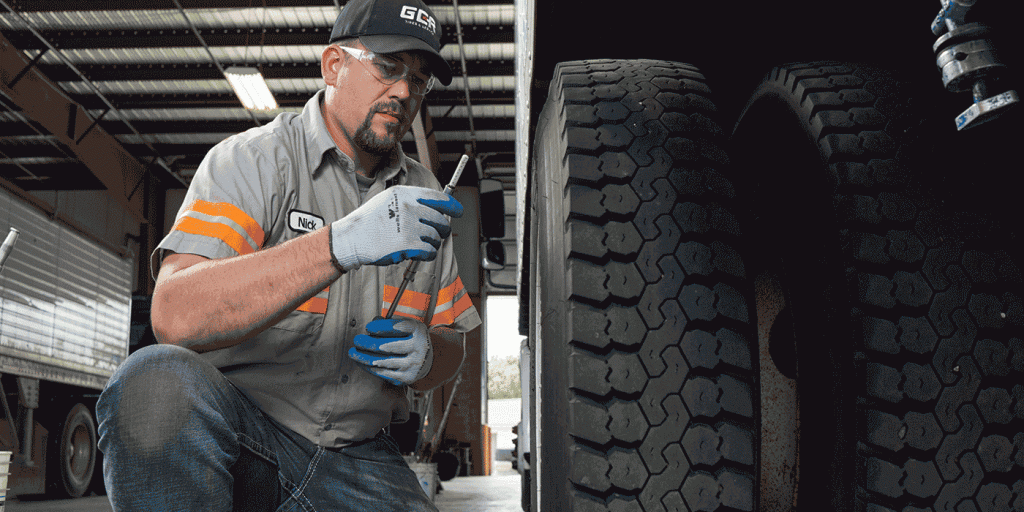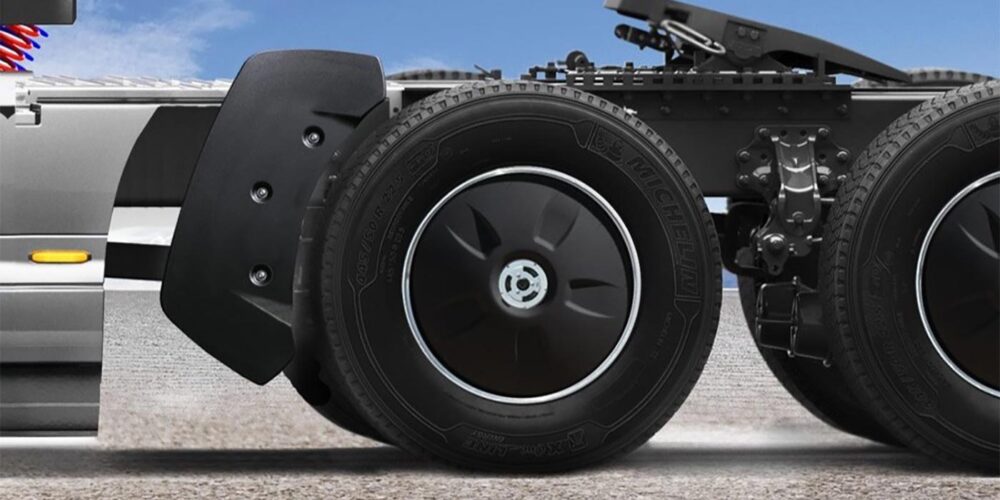In a roundtable discussion, experts from seven tire manufacturers discuss choosing the right products for regional applications.
Our panel of experts includes:
Bridgestone Americas Tire Operations: Matt Schnedler, product manager, truck and bus radial, U.S. and Canada
Cooper Tire: Phil Mosier, manager of commercial tire development
Continental: Helmut Keller, head of product management for commercial vehicle tires in the Americas region
Hankook Tire USA: Rob Williams, senior director of TBR sales
Michelin North America: Paul Tatarchuk, B2B special services coordinator
Triangle Tire USA: Charles Luther, northeast sales manager
Yokohama Tire: Tom Clauer, senior manager of commercial and OTR product planning

How does tire design address the trade-off between efficiency and durability in products for regional haul applications?
Keller: In the case of regional tires, in order to ensure that they can withstand the rigors of the application, durability takes precedence over pure fuel efficiency. To give the tire a longer life in regional applications, we put in additional sidewall reinforcement, which helps the tire resist damage from curbing on city streets. We also use a high scrub tread compound and add tread depth due to the abrasion these products experience.
Luther: The needs, when engineering regional application tires, are for denser rubber compounds in the tread area and scrub resistant shoulder or sidewall rubber compounds. Even denser rubber compounds are needed in the upper sidewall to resist the damage caused by curb scuff. Also, in many cases, regional application tires are manufactured with a more pliant casing designed to ‘envelope’ a shock caused by littered streets, potholes or even railroad tracks.
Mosier: For operations running regional routes where trucks tend to make more stops and deliveries, the tread pattern and compound needs to be more robust to handle more turns, and the acceleration and stops that can scrub tread.
Williams: The main factors to consider for regional products include mileage, even wear, ride and handling and traction. Since regional haul vehicles are subject to more frequent braking, their tires require more durability than maximum fuel efficiency.
Clauer: Tire design, construction and compounding work hand in hand. If one compound can handle specific forces—let’s say high scrub—better than the other, then you have the option to be more aggressive with the tread design, or vice versa.
Tatarchuk: Tire design engineers optimize tire construction for a given application. Regional haul tires are designed to balance tread wear, scrub resistance, traction and durability at the lowest possible rolling resistance.
Schnedler: We are always innovating and advancing tire performance across a variety of criteria, including durability and fuel efficiency. We understand that fleets need tires that perform in a range of environments and applications.
Based on the amount of city driving in a fleet, what tire design factors should be considered?
Clauer: In city operations, focus first on high scrub resistance and durability. From there, the amount of traction becomes the next concern. If you are in an area where snow and ice are the norm, then look for tires with larger void spaces and added siping. In more moderate climates, look to put rubber on the ground, which means less likelihood of tread damage or rib tearing.
Tatarchuk: Tires in this category combat the challenges of shoulder scrub, start/stop aggression, lateral scrub and heel/toe wear with rubber compounds as well as sidewall, tread, shoulder and casing design. Tire and casing life are extended by sidewalls that withstand impacts, groove bottom protectors to resist stone retention and subsequent drilling, and a full-width elastic protector ply.
Schnedler: An all-position tire engineered for longer wear with specific casing enhancements offers durability, and resistance to curbing and maneuvering scrub. These tires have thicker sidewall protectors, solid or closed shoulders and different compounds in the tread and bead area to increase durability.
Williams: Features that address traction, mileage and even wear performance are important in city applications.
Mosier: For a higher amount of city driving, steer tires should have a solid shoulder to better hold up to curbing and sidewalls should include a curb bar, which helps protect against damage.
Keller: Tires for this application are optimized for high scrub conditions featuring cut- and chip-resistant tread compounds, extra sidewall protection to resist curbing, and traction in various weather conditions.
Luther: Some of the design factors that should be considered are denser rubber compounds to resist chipping and tearing in the tread and sidewalls, more pliant casings to envelope potholes, deeper tread depth to deliver longer mileage and more open grooves and solid shoulders to resist tearing.

Is there a mileage point where efficiency is a more important consideration than durability?
Schnedler: There isn’t a hard and fast rule as it relates to miles driven where fleets should choose efficiency over durability, or vice versa. With today’s tire innovations, fleets don’t have to compromise.
Luther: If the tire does not stand up to the rigors of city use, the fuel savings will not make up for the loss of tires due to durability inefficiencies.
Keller: There is no ‘line in the sand’ at which point fleets should change from a fuel-efficient tire to a more durability-focused tire. Mileage targets differ from fleet to fleet and from region to region. The ratio of on-highway driving to the twisting and turning of city roads is more relevant.
Mosier: Trucking operations that run regional routes should consider fuel-efficient tires. In local pick-up and delivery applications there should be more emphasis on tread wear and overall durability.
Tatarchuk: For local operations the goal can be to focus on a durable tire. For example, in a fleet that has 90% of its routes in a suburban setting, scrub will be a major issue for the tire.
Williams: Technologies to address both characteristics can satisfy the growing need for wear resistance and fuel efficiency. The durability of tires is the bottom line.
Clauer: Knowing your operation, equipment, routes and drivers are all ingredients for choosing tires for your fleet that are as effective and efficient as possible.














